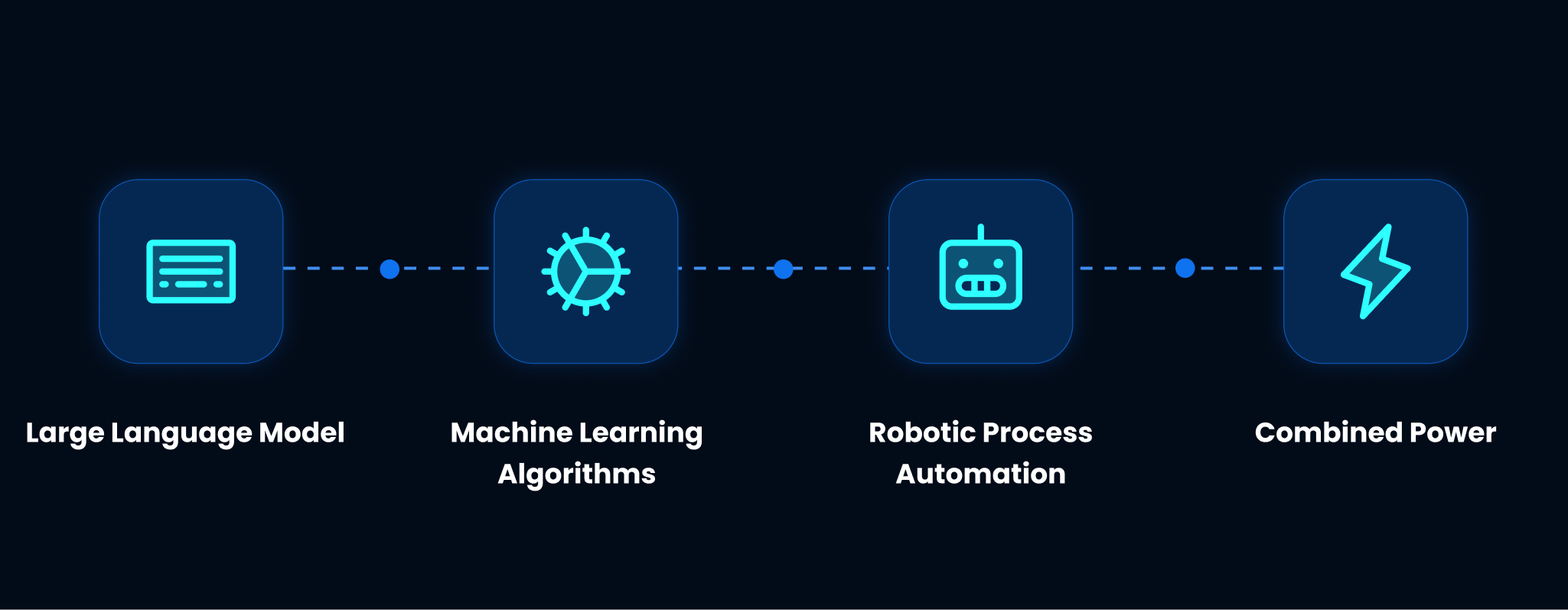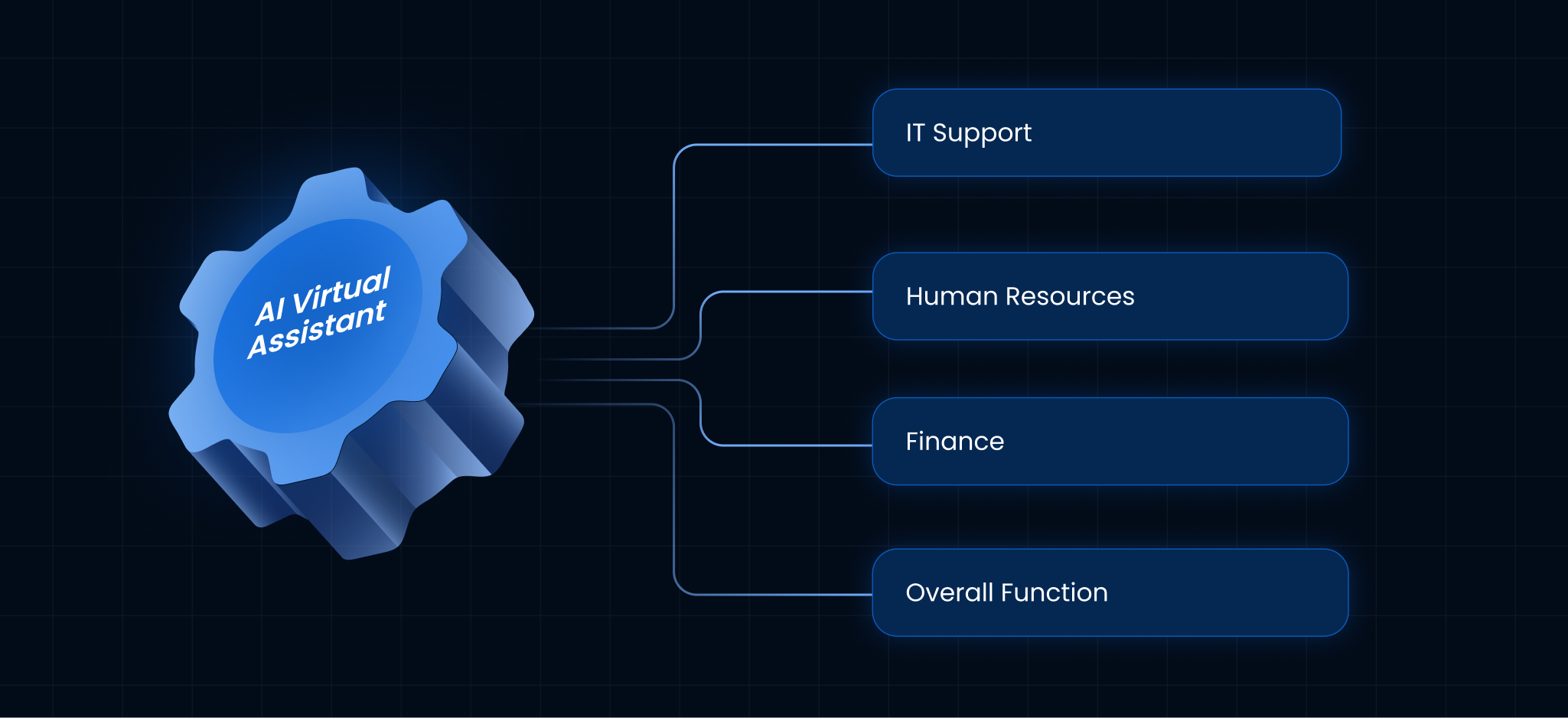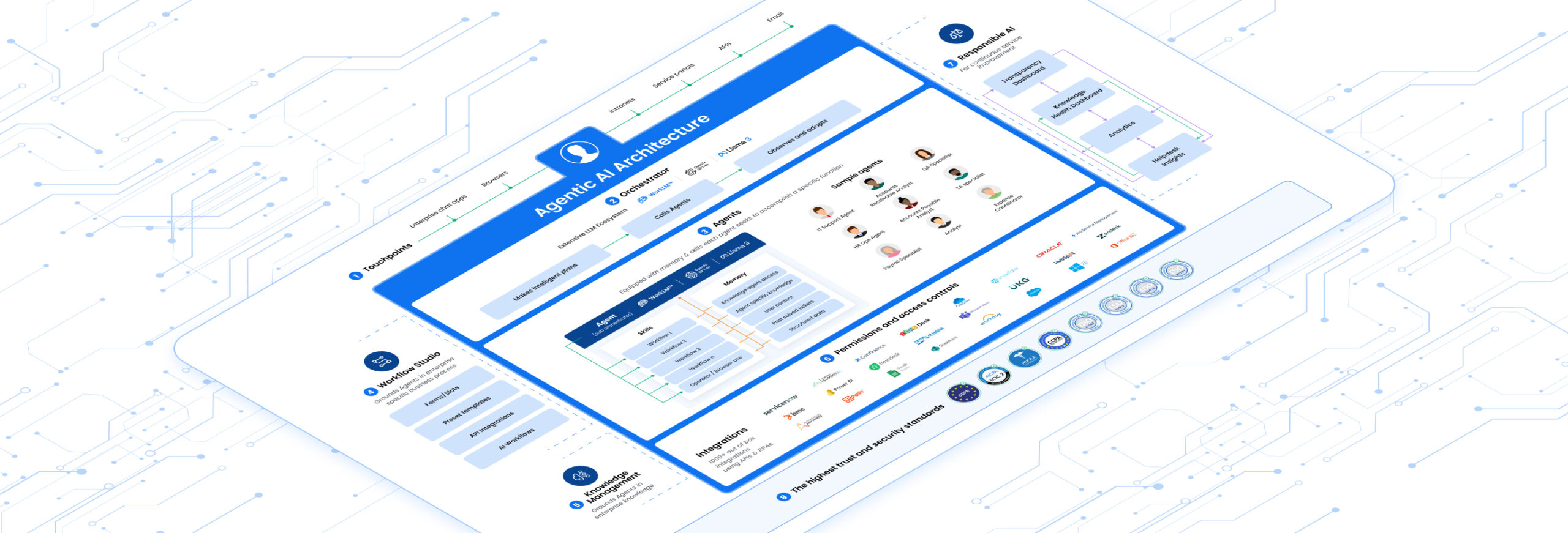Introduction
As a technology leader, you’re constantly evaluating the next big shift. The conversation around the AI virtual assistant has evolved far beyond simple question-and-answer bots. Today, we’re talking about sophisticated digital colleagues capable of understanding context, executing complex tasks, and integrating deeply into your enterprise ecosystem. The challenge is no longer about if this technology works, but how to deploy it securely, measure its true return on investment, and scale it effectively across your entire organization.
This guide is designed for you. We will cut through the noise to provide a clear, strategic overview of the modern AI virtual assistant. We’ll explore how this technology has matured, what sets it apart from older automated systems, and how you can leverage it to drive genuine productivity and efficiency gains in your IT, HR, and Finance departments.
What Defines Today’s AI Virtual Assistant?
In 2025, an AI virtual assistant is much more than a conversational interface. Think of it less as a simple tool and more as an autonomous digital team member. It is an advanced software agent designed to understand natural human language, perform multi-step tasks, and learn from its interactions to become more effective over time.
What Is an AI Virtual Assistant?
At its core, an AI virtual assistant is a sophisticated program that uses artificial intelligence, particularly large language models, to help users with a wide range of tasks. Unlike a basic chatbot that follows a rigid script, a true AI virtual assistant can handle complex queries, understand the user’s intent, and take action. For instance, it can not only tell an employee what the company’s expense policy is but also help them submit an expense report by guiding them through the process step by step, right within the conversation.
The Engine Behind an AI Virtual Assistant
Understanding how these systems operate is key to appreciating their potential. The magic isn’t in a single technology but in the seamless integration of several advanced components working in concert. This combination allows the assistant to understand, reason, and act in ways that feel remarkably human.
How Does an AI Virtual Assistant Work?
An AI virtual assistant works through a three-step process: listen, think, and act. First, it uses Natural Language Processing to “listen” and understand the intent behind an employee’s typed or spoken words, just as you would decipher a colleague’s request. Next, it “thinks” by accessing its knowledge base and using reasoning capabilities to determine the best course of action. Finally, it “acts” by either providing a direct answer or, more importantly, integrating with other business applications (like ServiceNow or Workday) to perform a task, such as unlocking an account or processing a leave request. This ability to take action is what makes it a true assistant.
Understanding the Landscape of the AI Virtual Assistant
Not all automated conversational tools are created equal. The market includes a wide spectrum of solutions, from simple informational bots to highly capable digital agents. Knowing the distinctions is crucial for making the right investment for your enterprise needs.
Types of AI Virtual Assistants
In the enterprise world, you’ll generally encounter two main types of AI virtual assistant. The first is the informational assistant, which excels at retrieving and presenting information. It can instantly pull up a company policy or answer frequently asked questions. The second, more advanced type is the transactional assistant. This is the game-changer for large companies. A transactional AI virtual assistant can perform actions and complete workflows, such as provisioning software for a new hire or resetting a user’s password across multiple systems, delivering a complete resolution without human intervention.
The Leap from Chatbot to AI Virtual Assistant
Many people use the terms “chatbot” and “virtual assistant” interchangeably, but for a technology leader, the difference is significant. Acknowledging this distinction is fundamental to understanding the strategic value that a true assistant brings to the table.
AI Virtual Assistants vs. Traditional Chatbots
The primary difference lies in capability and intelligence. Traditional chatbots are typically rule-based; they follow a predefined script and can only respond to specific keywords or commands. Think of them as a phone tree for a chat window. An AI virtual assistant, on the other hand, is powered by advanced AI and can understand context, manage complex conversations, and learn over time. If a user asks, “My laptop is acting weird, I think I need a new one,” the chatbot might get stuck. An AI virtual assistant would understand the intent, ask diagnostic questions, and if needed, initiate the laptop procurement workflow by integrating with your IT service management platform.
The Technology Powering an AI Virtual Assistant
Several groundbreaking technologies work together to give an AI virtual assistant its advanced capabilities. These components are what enable it to understand language, reason through problems, and interact with your existing enterprise systems in a meaningful way.
Core Technologies Behind AI Virtual Assistants

The brain of a modern AI virtual assistant is a Large Language Model (LLM), which gives it a deep understanding of human language. This is layered with Machine Learning algorithms that allow it to recognize patterns and improve from experience. Crucially, Robotic Process Automation (RPA) and API integrations act as the hands, enabling the assistant to connect with other software and perform tasks. This powerful combination allows the AI virtual assistant to not just talk, but to do.
The Strategic Benefits of an Enterprise AI Virtual Assistant
Implementing a sophisticated AI virtual assistant offers far more than just cost savings. It creates a ripple effect of efficiency, productivity, and improved employee experience across your entire organization. These benefits directly address the core challenges faced by modern IT, HR, and Finance departments.
Benefits of AI Virtual Assistants for Businesses
The most immediate benefit is 24/7 instant support, which eliminates wait times for employees and frees up your human support teams to focus on high-value, complex issues. This leads to a significant increase in productivity, as employees get faster resolutions and IT staff are less burdened with repetitive tasks. Moreover, a well-implemented AI virtual assistant ensures consistent and accurate service delivery, reducing human error and ensuring compliance with company policies. Ultimately, this creates a better overall employee experience, which is a critical factor in retaining top talent.
Putting the AI Virtual Assistant to Work
The true power of an AI virtual assistant is realized when it is applied to real-world business challenges. Its versatility allows it to deliver value across numerous departments by automating routine tasks and streamlining complex workflows.
Common Use Cases Across Industries

In IT Support, an AI virtual assistant can handle common requests like password resets, software installation, and network troubleshooting, resolving up to 70% of tickets instantly. For Human Resources, it can manage onboarding processes, answer benefits questions, and process time-off requests. In Finance, it can guide employees through expense reporting, check on invoice statuses, and clarify procurement policies. In each case, the AI virtual assistant acts as the frontline of support, providing immediate assistance and escalating to a human agent only when necessary.
Leena AI: Delivering Your Enterprise AI Virtual Assistant
Building, securing, and scaling an enterprise-grade AI virtual assistant is a massive undertaking. It requires deep expertise in AI, security, and enterprise software integration. At Leena AI, we provide a powerful, ready-to-deploy platform that handles these complexities for you.
Voice-Enabled AI Colleagues & Leena AI’s Advantage
Leena AI delivers a sophisticated AI virtual assistant designed specifically for the modern enterprise. We go beyond simple chat. Our solution acts as an autonomous agent that deeply integrates with your core systems like ServiceNow, Workday, and SAP. For example, our AI virtual assistant for IT can do more than just log a ticket for a broken laptop; it can autonomously check inventory, order a new device through your procurement system, and schedule a time for the employee to pick it up, all within a single conversation.
We manage the entire lifecycle, from fine-tuning the models on your unique knowledge base to ensuring enterprise-grade security and reliability. This means you get the transformative power of a purpose-built AI virtual assistant without the immense overhead of building one from scratch.
Frequently Asked Questions
1. What makes an AI virtual assistant different from voice assistants like Siri or Alexa?
Enterprise assistants are designed for business. While consumer assistants are great for general questions, an enterprise AI virtual assistant is built for security, integrates with business applications (like your ticketing system), and is trained on your company’s specific data and processes.
2. How secure is an enterprise AI virtual assistant?
Security is paramount. A leading enterprise AI virtual assistant platform includes robust security features like data encryption, role-based access control, and compliance with standards like SOC 2 and ISO 27001 to ensure your company’s data is always protected.
3. How much work is it to implement an AI virtual assistant?
With a platform like Leena AI, implementation is much faster than building from scratch. We use pre-built connectors for popular enterprise applications, which significantly reduces deployment time. The main work involves collaborating to fine-tune the assistant with your specific knowledge and workflows.
4. Can an AI virtual assistant understand our company's unique jargon?
Yes. A key step in implementation is fine-tuning the language models on your internal documentation, knowledge bases, and support tickets. This process teaches the AI virtual assistant your company’s specific terminology, acronyms, and processes.
5. What is the most important factor for a successful AI virtual assistant deployment?
The most critical factor is starting with clear business objectives. Define the specific problem you want to solve, whether it’s reducing ticket resolution time or improving the new hire onboarding experience. A focused goal ensures your AI virtual assistant delivers measurable value.
6. How does an AI virtual assistant handle requests it cannot solve?
A well-designed AI virtual assistant knows its limits. When it encounters a query it cannot resolve, it performs a seamless and intelligent handoff to a human agent. It also provides the agent with the full conversation history, so the employee doesn’t have to repeat themselves.
7. Does the AI virtual assistant learn and improve over time?
Absolutely. A core feature of a modern AI virtual assistant is its ability to learn from every interaction. It analyzes which answers were helpful and which were not, allowing it to become smarter, more accurate, and more effective over time with less manual intervention.













